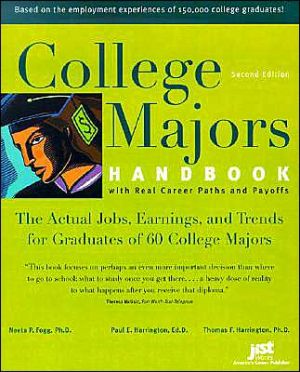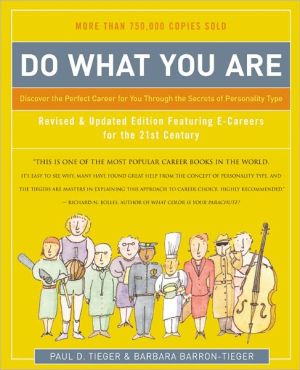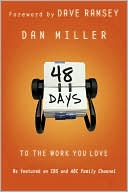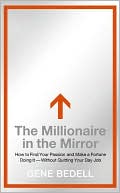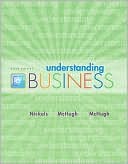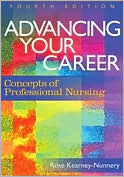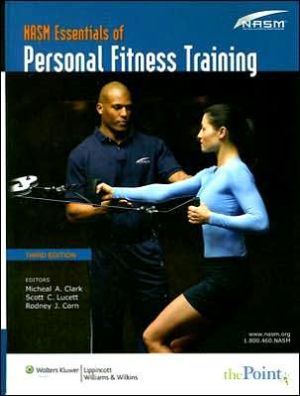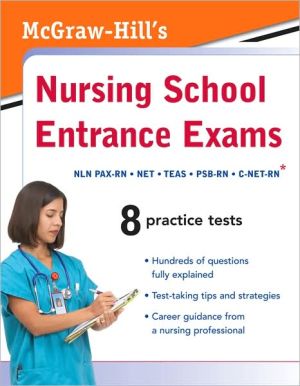College Majors Handbook with Real Career Paths and Payoffs: The Actual Jobs, Earnings, and Trends for Graduates of 60 College Majors
Search in google:
Part 1What You Need to Know About the College Investment Decision, College Success, and Career Choice1Chapter 1What Pays Off in High School: Pre-College Decisions and College and Career Choices3Chapter 2The Psychology of Career Choice: Assessing Abilities, Interests, and Values21Chapter 3The Economics of Career Choice41Part 2Behavioral and Medical Sciences73Chapter 4Audiology and Speech Pathology75Chapter 5Criminal Justice and Criminology83Chapter 6Health and Medical Technology91Chapter 7Home Economics: Dietetics, Food, and Nutrition101Chapter 8Medical Preparatory Programs111Chapter 9Nursing121Chapter 10Parks, Recreation, Fitness, and Leisure Studies129Chapter 11Pharmacy139Chapter 12Physical Therapy145Chapter 13Psychology153Chapter 14Social Work165Part 3Business and Administration175Chapter 15Accounting177Chapter 16Applied Mathematics, Operations Research, and Statistics185Chapter 17Economics195Chapter 18Financial Management205Chapter 19General Business215Chapter 20General Mathematics225Chapter 21Marketing235Chapter 22Public Administration243Part 4Education253Chapter 23Elementary Teacher Education255Chapter 24Mathematics and Science Teacher Education263Chapter 25Physical Education and Coaching271Chapter 26Secondary Teacher Education279Chapter 27Special Education289Part 5Engineering297Chapter 28Aerospace, Aeronautical, and Astronautical Engineering299Chapter 29Architecture and Environmental Design307Chapter 30Chemical Engineering315Chapter 31Civil Engineering323Chapter 32Computer Systems Engineering333Chapter 33Electrical and Electronics Engineering343Chapter 34Industrial Engineering353Chapter 35Mechanical Engineering363Part 6Humanities and Social Sciences373Chapter 36Anthropology and Archaeology375Chapter 37Communications385Chapter 38Dramatic Arts393Chapter 39English Language, Literature, and Letters401Chapter 40Foreign Languages and Literature411Chapter 41Geography421Chapter 42History431Chapter 43Journalism437Chapter 44Legal Studies and Pre-Law445Chapter 45Liberal Arts and General Studies453Chapter 46Music and Dance463Chapter 47Philosophy473Chapter 48Political Science, Government, and International Relations483Chapter 49Sociology491Chapter 50Visual Arts499Part 7Natural Sciences509Chapter 51Animal Food Sciences511Chapter 52Biology and Life Sciences519Chapter 53Chemistry527Chapter 54Forestry and Environmental Sciences535Chapter 55Geology and Geophysics545Chapter 56Microbiology and Biochemistry555Chapter 57Physics and Astronomy565Chapter 58Plant Food Sciences575Part 8Technology583Chapter 59Computer Science585Chapter 60Data and Information Processing595Chapter 61Electrical and Electronics Engineering Technology605Chapter 62Industrial Production Technology615Chapter 63Mechanical Engineering Technology625Index632
\ VOYAAlthough directed to high school students and adults entering college, this book will be more valuable as an educator resource than as a student resource at the high school level. The major sections of the book organize careers into behavioral and medical sciences, business and administration, education, engineering, humanities and social sciences, natural sciences, and technology. Each section gives a comprehensive analysis of the activities and job outlook on five to fifteen different careers within that category. Abundant charts and graphs compare salaries for different careers. For example, the graph comparing the salaries in the environmental sciences with B.S. degrees to all B.S. degree workers at different age ranges between 25 to 29 and 65 and older would be a good resource for a mathematics lesson as well as for career counseling. Pie charts show the distribution of workers in a career for employment in the government/military, private (for-profit), nonprofit, self-employed, and education sectors. Gender differences in employment are considered, sometimes with explanation. The fact that men are six times more likely than women to be employed as clergy and other religious workers is explained by the preference of many major religions for male clergy. The student who is lacking some significant details or statistics for a report on a career will appreciate this book, but most students probably will not select it for introductory insight on a career. It is, however, a valuable resource for career counseling. VOYA CODES: 3Q 1P S A/YA (Readable without serious defects; No YA will read unless forced to for assignments; Senior High, defined as grades 10 to 12; Adult-marketed bookrecommended for Young Adults). 2004, Jist, 245p.; Index. Illus. Charts., Trade pb. Ages 15 to Adult. \ —Lucy Schall\ \
